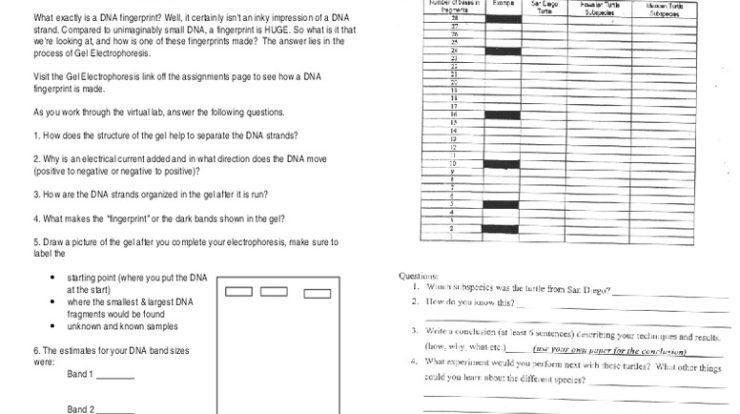Unveiling the intricate relationship between DNA and RNA, the DNA and RNA Venn Diagram offers a comprehensive exploration of these fundamental genetic molecules. This diagram not only highlights their structural and functional similarities but also delves into the distinct roles they play in the storage and expression of genetic information.
From the fundamental building blocks of DNA and RNA to their involvement in protein synthesis and gene regulation, this article provides a thorough overview of the molecular mechanisms that govern life.
Structure and Function
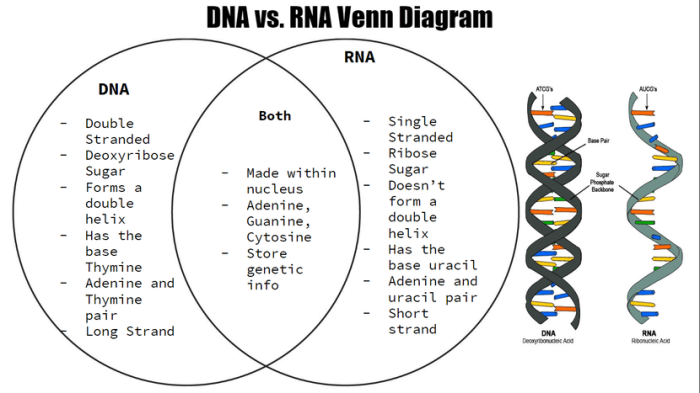
DNA and RNA, the fundamental molecules of life, share a common purpose: storing and transmitting genetic information. However, their molecular compositions and architectures set them apart, enabling each to fulfill distinct roles in the cellular machinery.
Molecular Composition
DNA, or deoxyribonucleic acid, consists of a double helix structure composed of nucleotides linked by phosphodiester bonds. Each nucleotide comprises a nitrogenous base (adenine, thymine, cytosine, or guanine), a deoxyribose sugar, and a phosphate group. In contrast, RNA, or ribonucleic acid, is a single-stranded molecule with a similar nucleotide structure.
However, it differs from DNA in three key ways: the sugar is ribose instead of deoxyribose, the base uracil replaces thymine, and it typically exists as a single strand rather than a double helix.
Molecular Architecture
The double helix structure of DNA provides stability and protection for the genetic information it carries. The two strands are antiparallel, meaning they run in opposite directions, and are held together by hydrogen bonds between complementary base pairs: adenine with thymine and cytosine with guanine.
RNA, on the other hand, lacks this double helix structure and is typically found in a single-stranded form. Its flexibility allows it to adopt various conformations, enabling it to interact with proteins and other molecules in the cell.
Genetic Information: Dna And Rna Venn Diagram
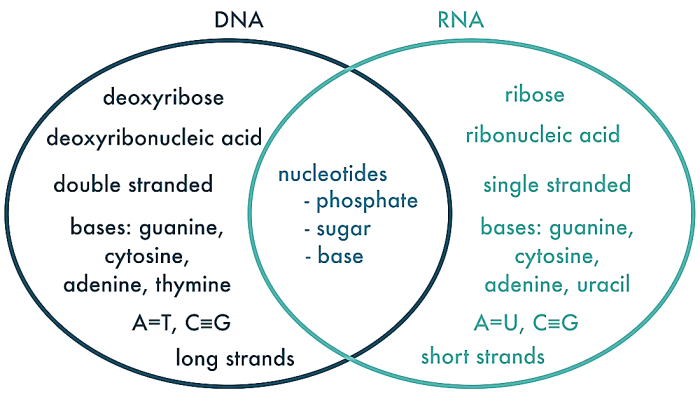
DNA is the primary carrier of genetic information, a molecule composed of two strands twisted into a double helix. It contains instructions for all the proteins that make up an organism, determining its traits and characteristics.
RNA molecules, while similar in structure to DNA, play a crucial role in protein synthesis and gene expression. They carry the genetic information from DNA to the ribosomes, where proteins are assembled. Specific types of RNA, such as messenger RNA (mRNA), transfer RNA (tRNA), and ribosomal RNA (rRNA), each have unique functions in the process of protein synthesis.
DNA and RNA are both nucleic acids, but they have different roles in the cell. DNA is the genetic material of the cell, while RNA is involved in protein synthesis. To better understand the differences and similarities between DNA and RNA, a Venn diagram can be helpful.
By comparing the two molecules, we can see that they share some common features, such as their sugar-phosphate backbone. However, they also have some unique features, such as the nitrogenous bases that they contain. The website s i n g l e unscramble provides additional information on the differences between DNA and RNA, including their chemical structure and their role in the cell.
DNA as the Primary Carrier of Genetic Information, Dna and rna venn diagram
- DNA is composed of four different nucleotides: adenine (A), thymine (T), guanine (G), and cytosine (C).
- These nucleotides pair up in a specific way (A with T, and G with C) to form the double helix structure.
- The sequence of nucleotides along the DNA molecule encodes the genetic information for all the proteins that an organism can produce.
RNA’s Role in Protein Synthesis and Gene Expression
- Messenger RNA (mRNA) carries the genetic information from DNA to the ribosomes, where proteins are assembled.
- Transfer RNA (tRNA) brings the correct amino acids to the ribosomes in the order specified by the mRNA.
- Ribosomal RNA (rRNA) is a component of the ribosomes and helps to catalyze the formation of peptide bonds between amino acids.
Transcription and Translation
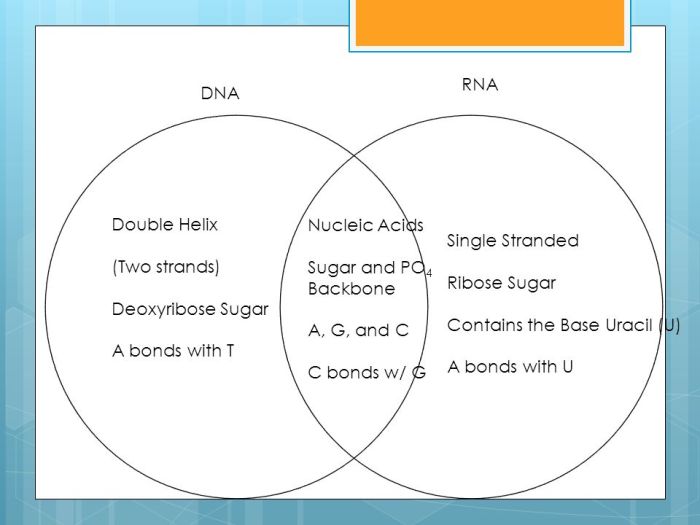
The central dogma of molecular biology describes the flow of genetic information from DNA to RNA to proteins. Transcription is the process of copying the genetic information from DNA into RNA. Translation is the process of using the RNA to synthesize proteins.
Transcription
Transcription is carried out by an enzyme called RNA polymerase. RNA polymerase binds to a specific region of DNA called the promoter. The promoter is located upstream of the gene that is to be transcribed. RNA polymerase then unwinds the DNA double helix and synthesizes a complementary RNA molecule.
The RNA molecule is synthesized in the 5′ to 3′ direction.
Translation
Translation is carried out by ribosomes. Ribosomes are large, complex structures that are composed of RNA and protein. Ribosomes bind to the RNA molecule and read the genetic code. The genetic code is a series of three-nucleotide codons. Each codon specifies a particular amino acid.
The ribosome uses the genetic code to synthesize a polypeptide chain. The polypeptide chain is synthesized in the N-terminal to C-terminal direction.
Regulation and Control
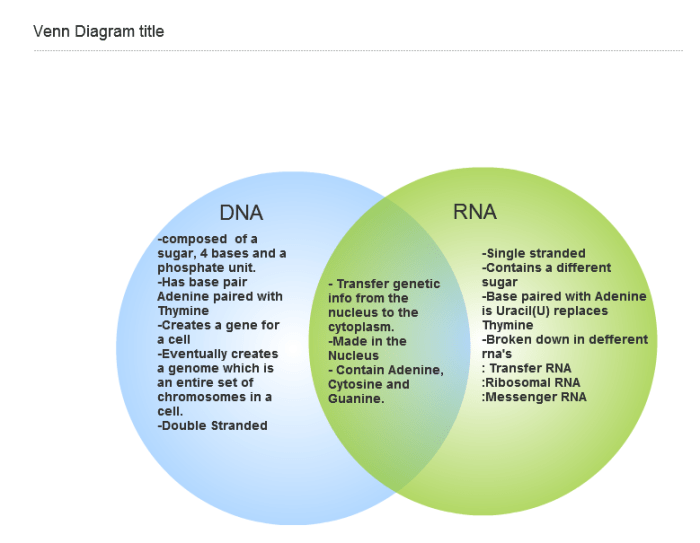
DNA and RNA molecules undergo strict regulation and control within cells to ensure proper gene expression and protein synthesis. This intricate regulatory network involves various mechanisms that operate at different levels.
Gene Expression Regulation
Gene expression is tightly controlled to ensure that genes are expressed only when and where they are needed. This regulation occurs at the transcriptional level, where specific proteins bind to regulatory regions of DNA, either promoting or repressing transcription.
RNA Processing Regulation
Once RNA is transcribed from DNA, it undergoes a series of processing steps, including splicing, polyadenylation, and capping. These modifications are crucial for RNA stability, transport, and translation efficiency.
Protein Synthesis Regulation
The final step in gene expression, protein synthesis, is also subject to regulation. Factors such as availability of ribosomes, tRNA molecules, and translation initiation factors can influence the rate and efficiency of protein synthesis.
Comparative Analysis
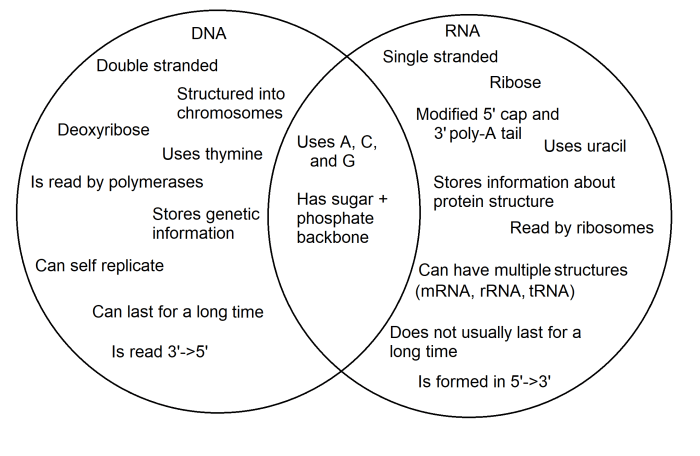
DNA and RNA, the fundamental building blocks of life, share similarities yet exhibit distinct differences in their structure, function, and regulation. This comparative analysis will delve into the key characteristics of these molecules, highlighting their shared features and contrasting their unique properties.
Structural Features
- Nucleotides:Both DNA and RNA are composed of nucleotides, the basic units of nucleic acids. Each nucleotide consists of a nitrogenous base, a sugar molecule, and a phosphate group.
- Sugar-Phosphate Backbone:The backbone of DNA is formed by alternating deoxyribose sugar molecules and phosphate groups, while RNA’s backbone consists of ribose sugar molecules and phosphate groups.
- Double vs. Single Strand:DNA typically exists as a double-stranded molecule, forming a double helix, while RNA is usually single-stranded.
- Nitrogenous Bases:DNA contains the nitrogenous bases adenine, thymine, cytosine, and guanine (A-T-C-G), while RNA contains adenine, uracil, cytosine, and guanine (A-U-C-G).
Functional Differences
- Genetic Information Storage:DNA serves as the primary repository of genetic information, storing the instructions for an organism’s development and function.
- Gene Expression:RNA plays a crucial role in gene expression, carrying the genetic information from DNA to the ribosomes, where proteins are synthesized.
- Protein Synthesis:Messenger RNA (mRNA) carries the genetic code from DNA to the ribosomes, where it serves as a template for protein synthesis.
- Regulation:Non-coding RNAs, such as microRNAs and small interfering RNAs, play a significant role in regulating gene expression and cellular processes.
Regulation and Control
- Replication:DNA replication is a tightly regulated process that ensures the accurate transmission of genetic information to daughter cells.
- Transcription:The transcription of DNA into RNA is regulated by a complex interplay of transcription factors, enhancers, and silencers.
- Translation:The translation of RNA into protein is regulated by factors such as ribosome availability, tRNA levels, and the presence of regulatory proteins.
Applications in Biotechnology
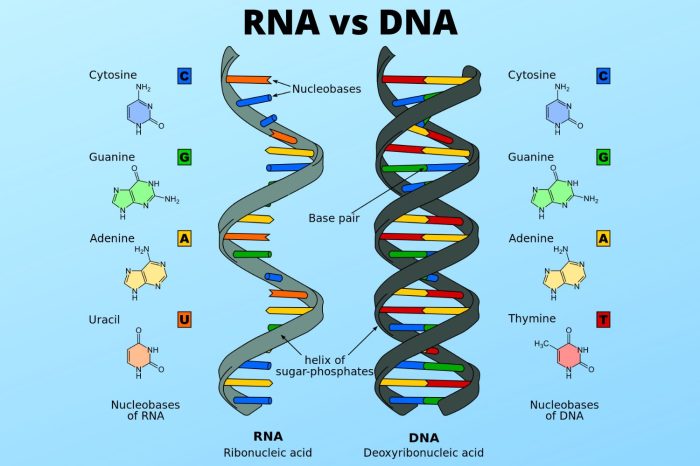
DNA and RNA have numerous practical applications in biotechnology and medicine. These applications stem from their roles in genetic information storage, expression, and regulation.
One major application is DNA sequencing, which determines the order of nucleotides in a DNA molecule. This technology has revolutionized fields such as genomics, personalized medicine, and forensics. By sequencing DNA, scientists can identify genetic variations associated with diseases, develop targeted therapies, and solve crimes.
Gene Editing
Gene editing techniques, such as CRISPR-Cas9, allow precise modifications to DNA sequences. This technology has opened up possibilities for treating genetic diseases by correcting or replacing faulty genes. It also has applications in agricultural biotechnology, where scientists can enhance crop traits for improved yield and resistance to pests.
RNA Interference
RNA interference (RNAi) is a technique that uses small RNA molecules to silence specific genes. This technology has potential applications in treating viral infections, cancer, and other genetic disorders by targeting and suppressing disease-causing genes.
FAQ Summary
What is the primary function of DNA?
DNA serves as the primary carrier of genetic information, storing the instructions for building and maintaining an organism.
How is RNA involved in protein synthesis?
RNA plays a crucial role in protein synthesis by carrying the genetic code from DNA to the ribosomes, where proteins are assembled.
What is the significance of the Venn Diagram in understanding DNA and RNA?
The Venn Diagram provides a visual representation of the similarities and differences between DNA and RNA, allowing for a comprehensive comparison of their structure, function, and regulation.
